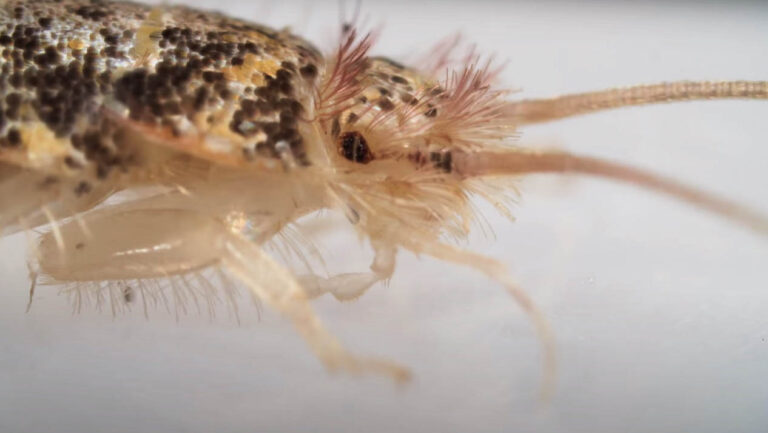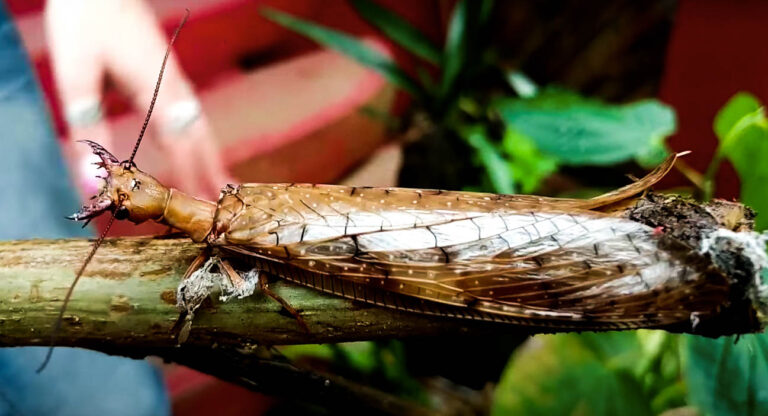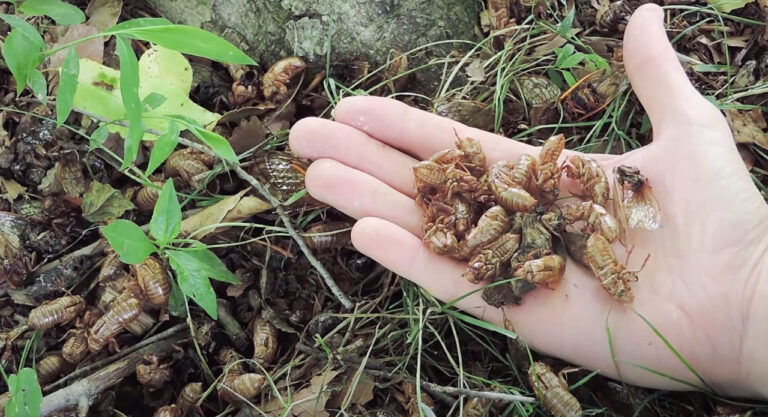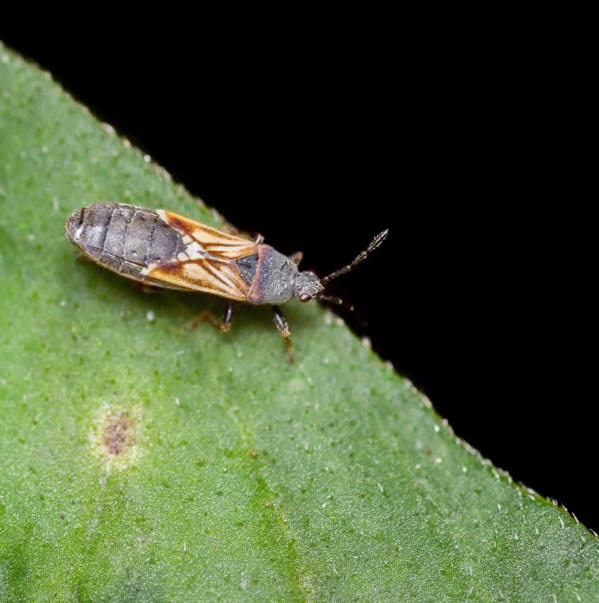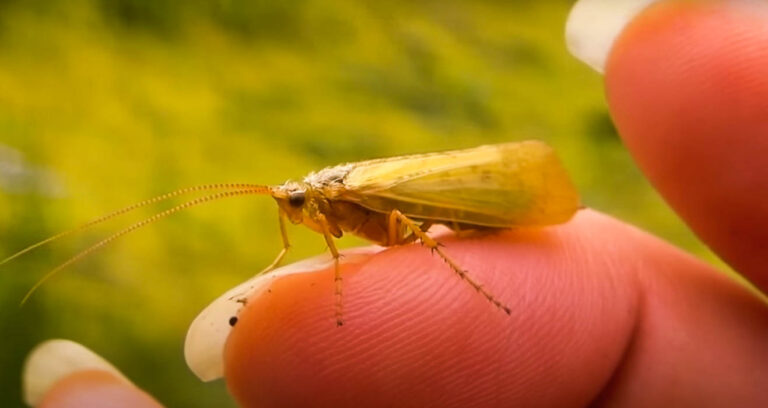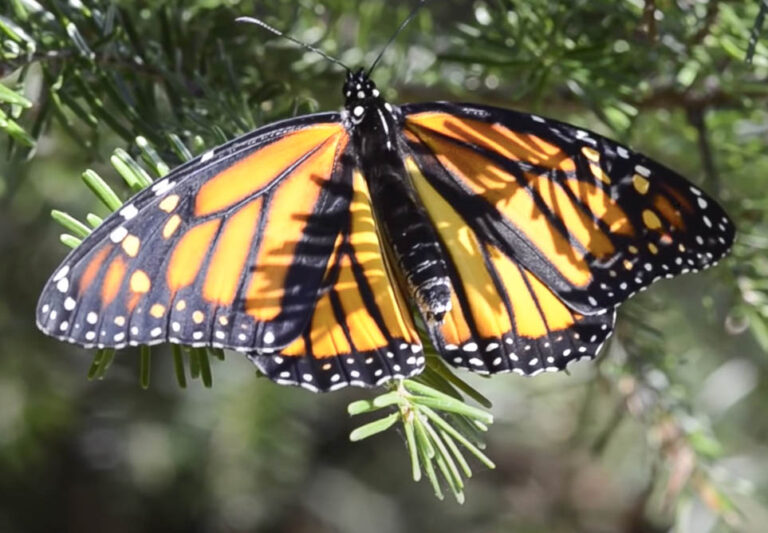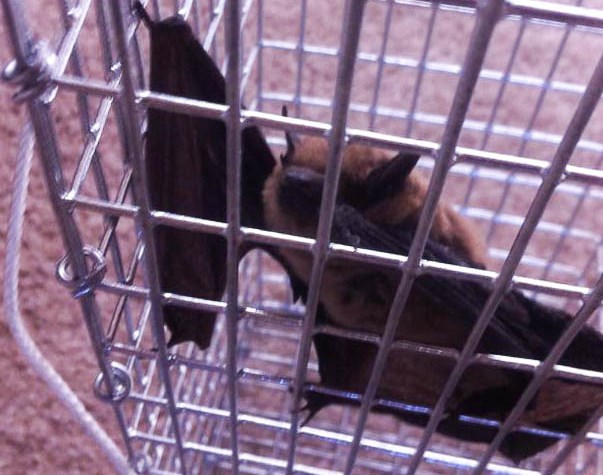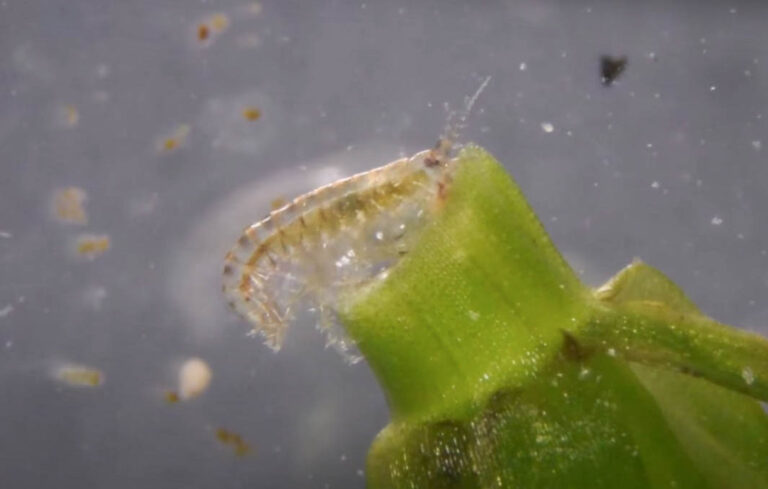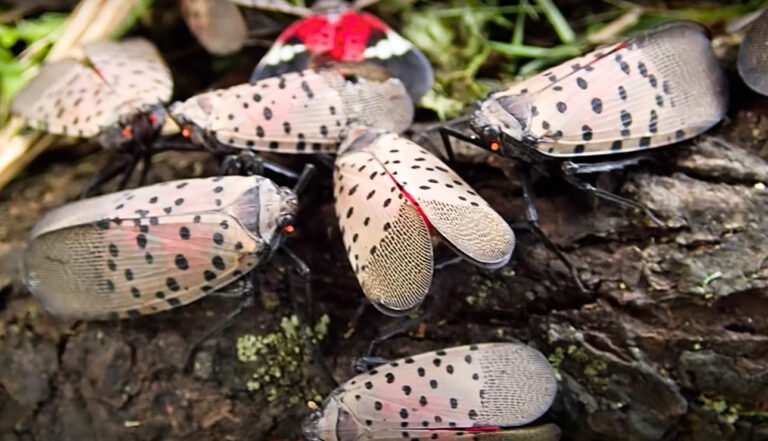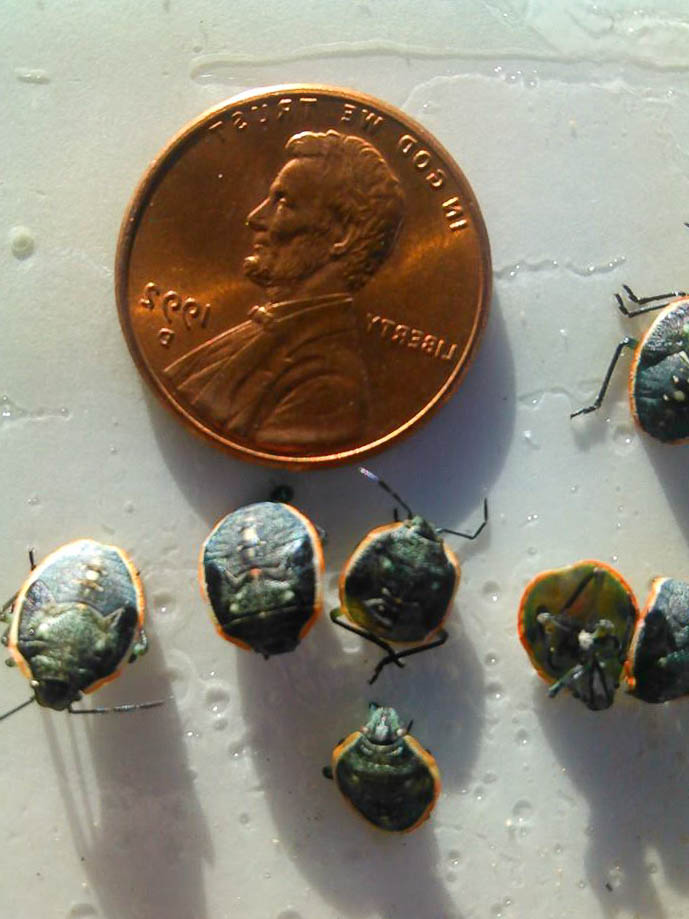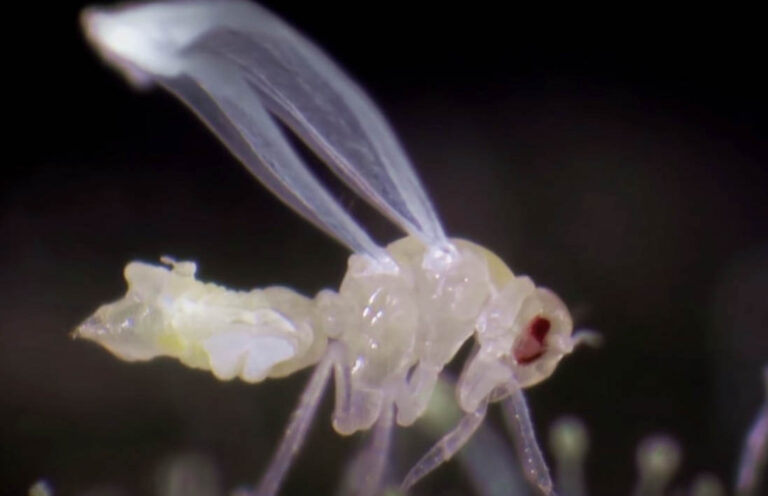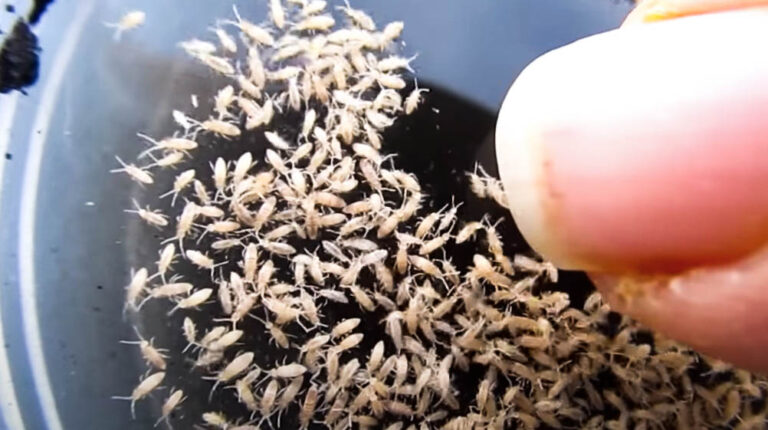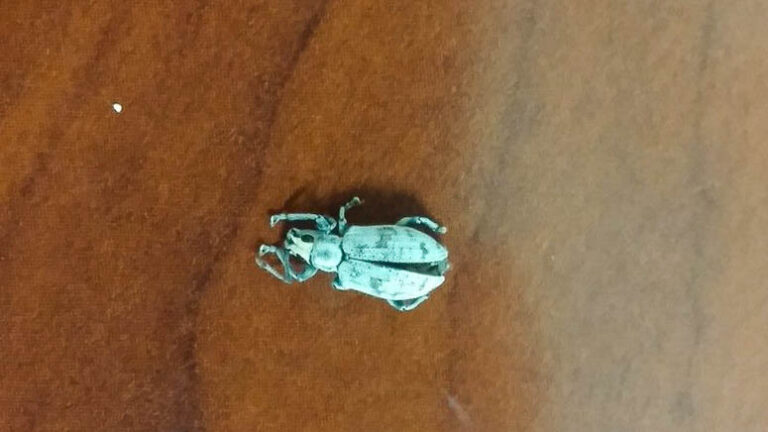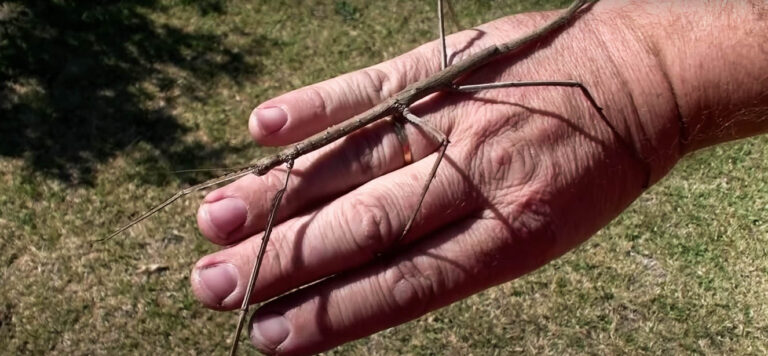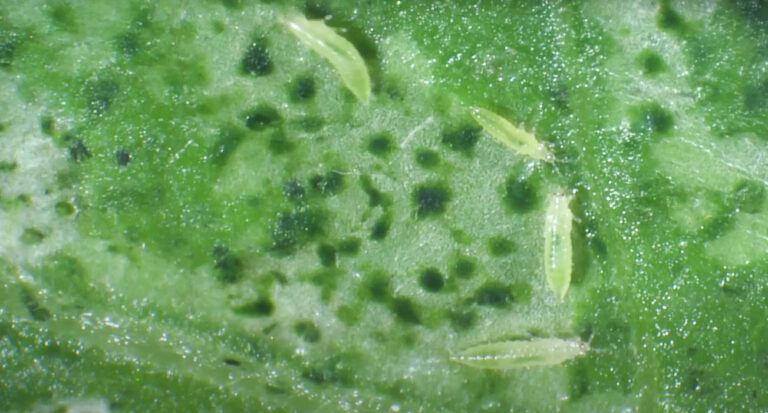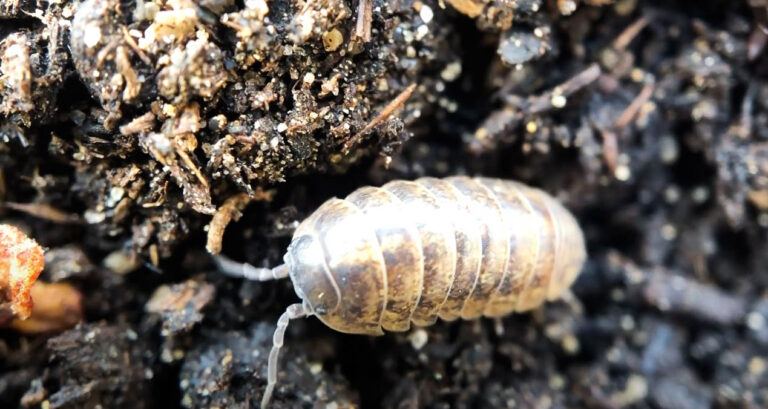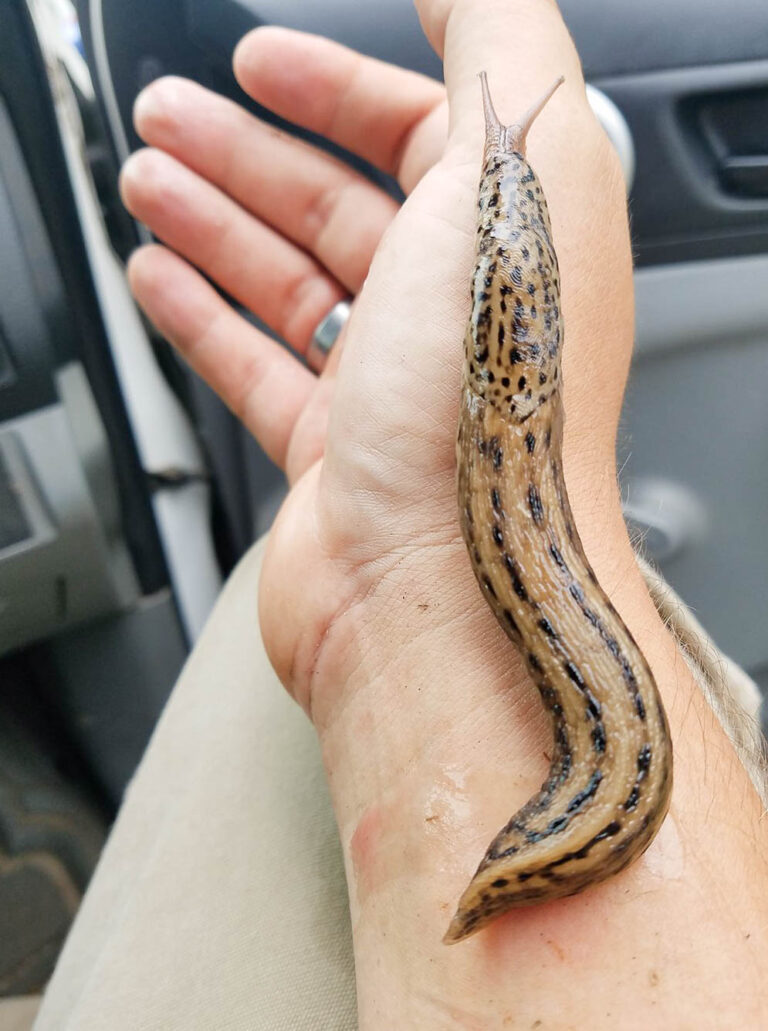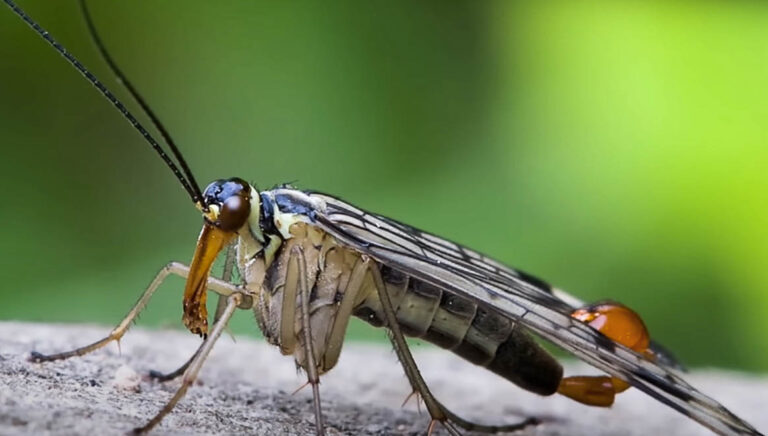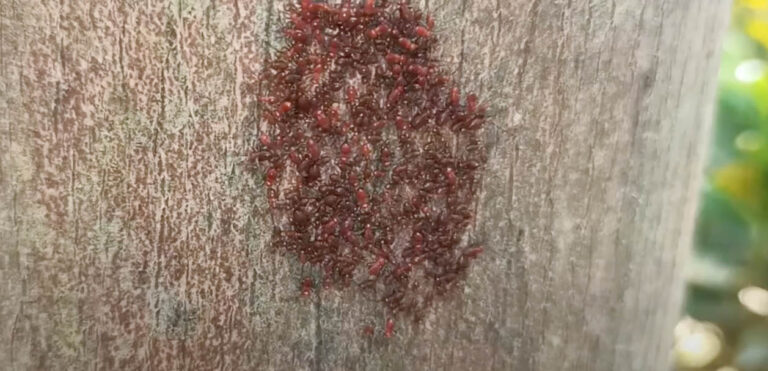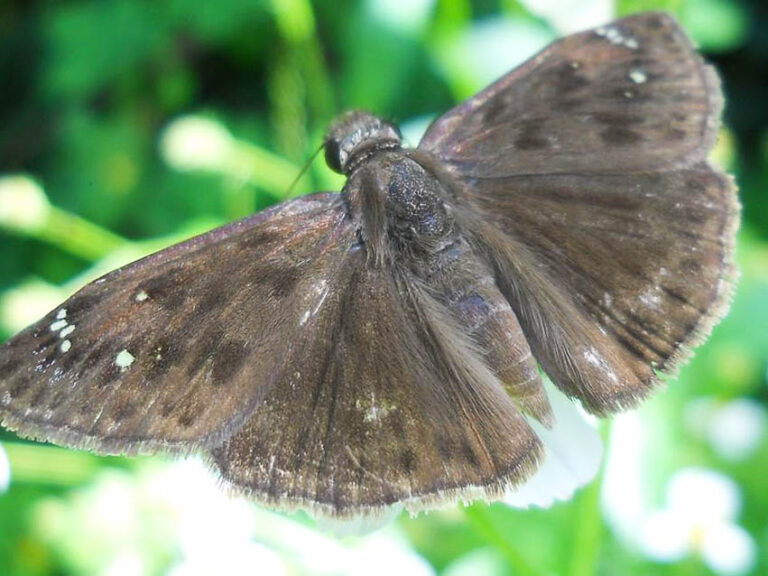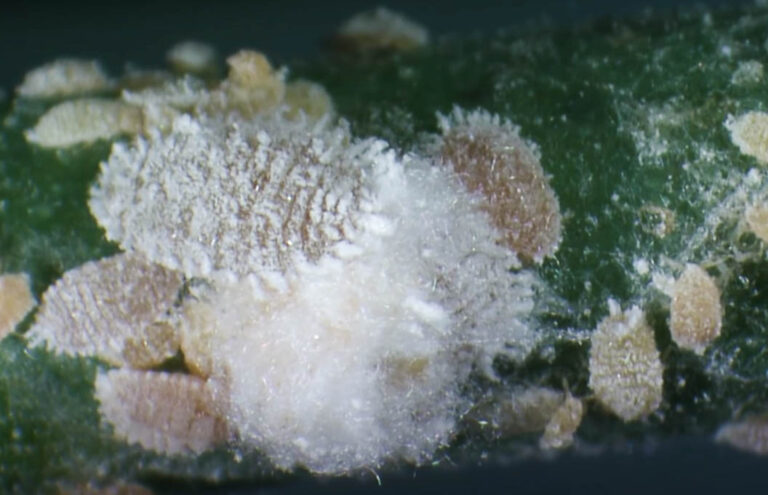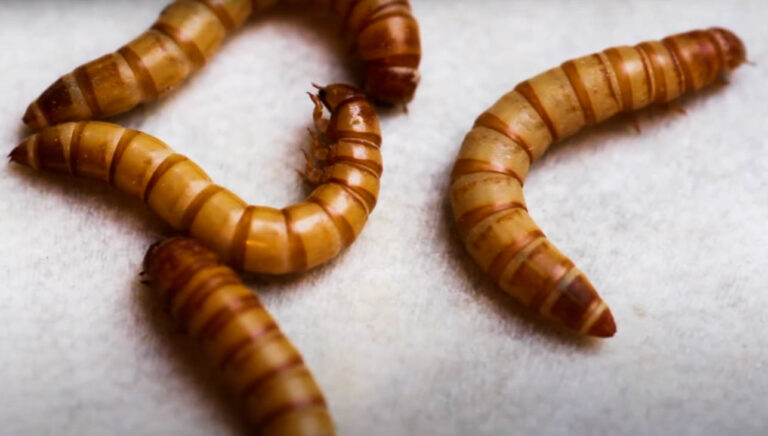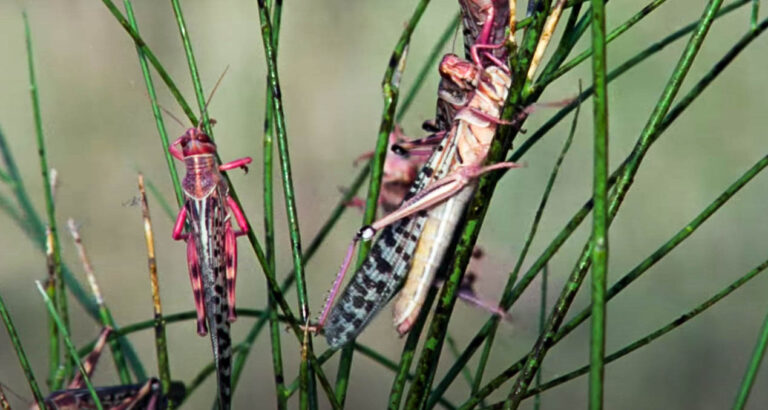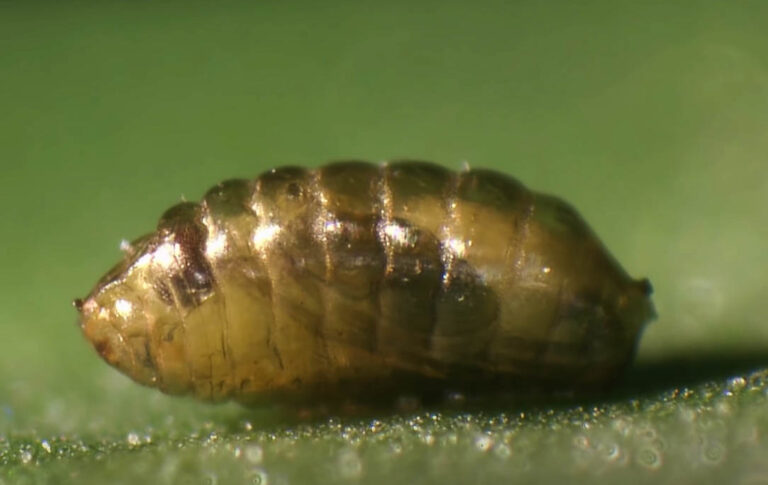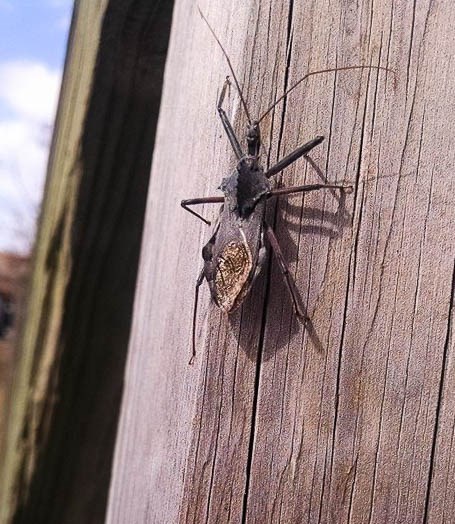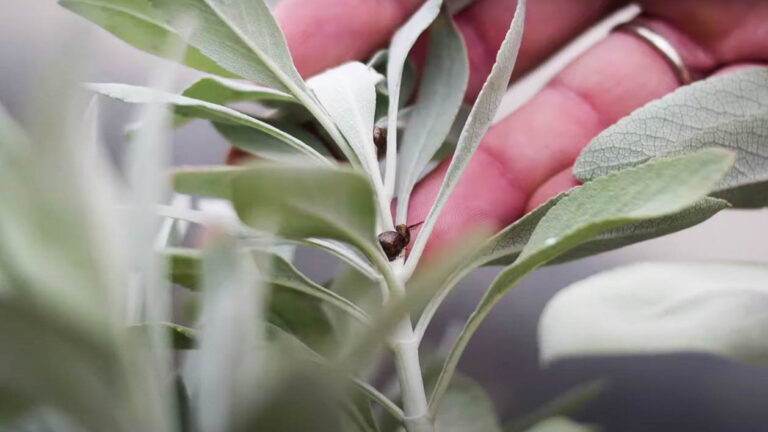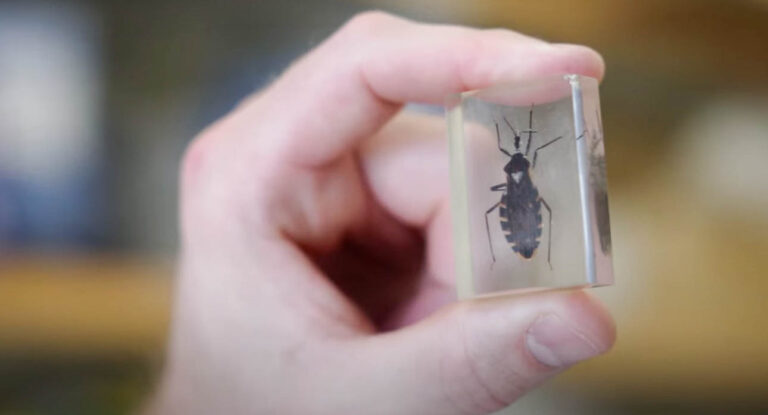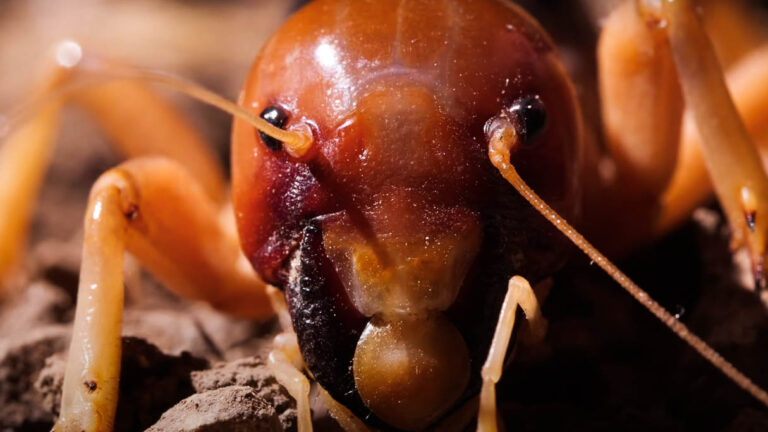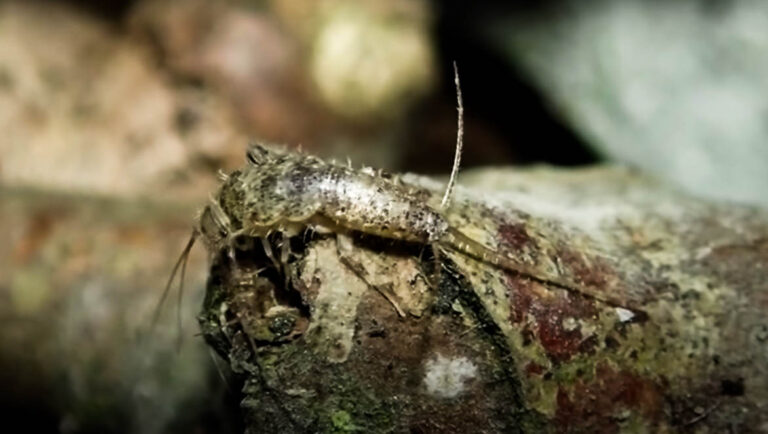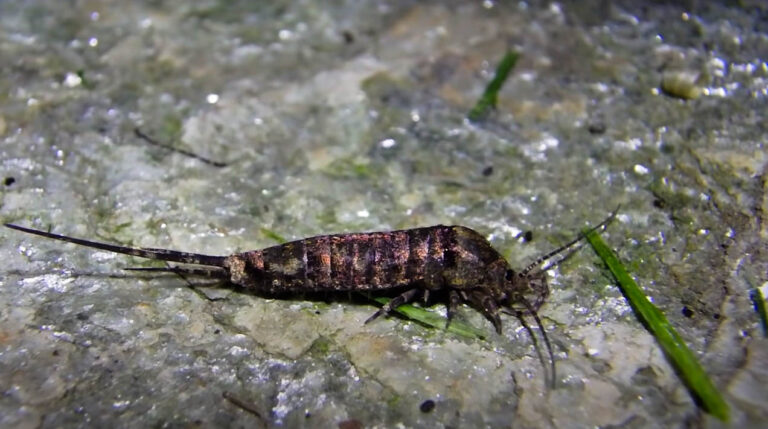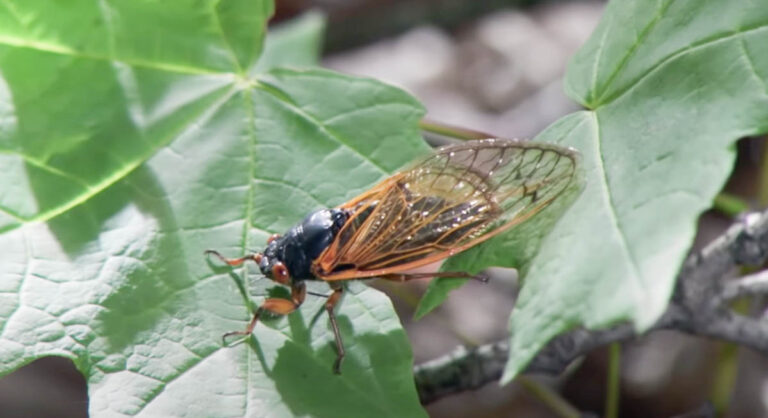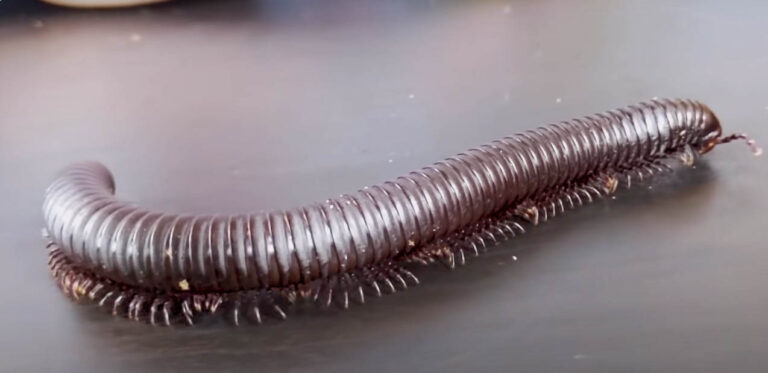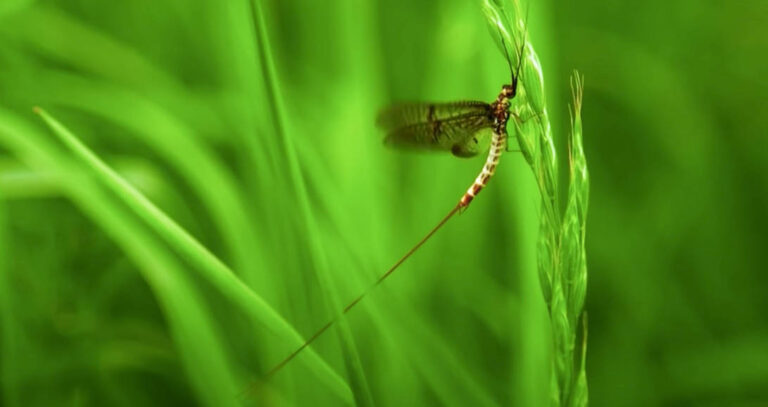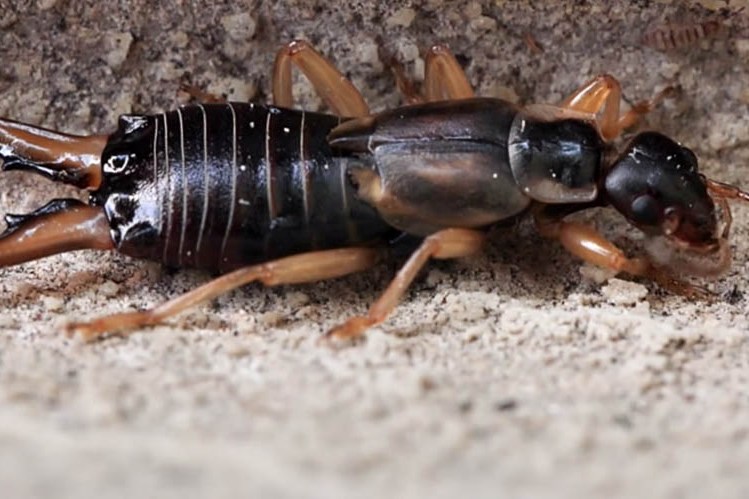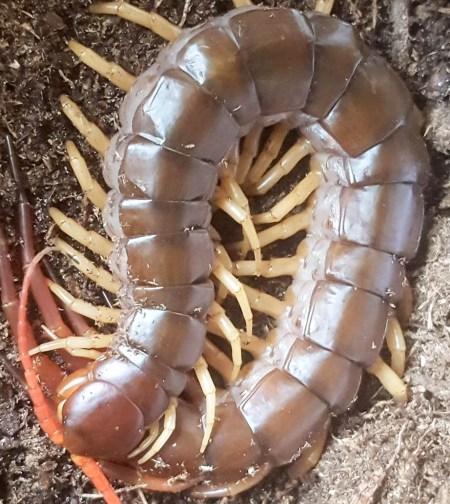About Psocids
About Psocids
Often pronounced as “so-sheed”, this tiny insect is another menace in our environment that most people are not conscious of until they invade their homes. If you have a psocid infestation problem, you are going to be on the lookout to find a way to get rid of them before they begin to contaminate your food and other parts of your home. Do you wish to know more about these tiny insects in order to help you handle the situation better? Right here, we will be going over their major features such as their appearance, behavior, habitat, and more. With this, you will get to understand them better and handle the infestation the best way possible.
Appearance
Despite being an insect with over 200 species, psocids are tiny insects that share striking physical features. This makes it easy for anyone to differentiate them from every other household insect pest. Below are some of these dominant physical features;
- Size and Color – Depending on the species of the psocid, their average size ranges from 1 to 6mm. These tiny insects do not exceed this range. On the other hand, the color of psocids varies depending on the species of the psocid.
- Wings – The species of psocids are divided into two major groups. Some live outdoors and some invade homes. The former usually have a pair of wings while the latter usually have small or no wings.
Irrespective of the species of the psocid, they have a dominant chewing mouthpart which they use in chewing their food. Psocids don’t bite humans, neither do they bite pets.
Also known as booklice or barklice, these tiny insects love to stay under tree barks or around moldy books in damp places in homes. While staying in these damp places, they feed on mildew and mold. With this, they can get all the nutrients they need to survive. Being a moisture-loving insect, psocids store water in their body and try to retain it for as long as possible to prevent them from drying out when conditions aren’t favorable. However, they can’t stay in a dry area for too long before losing the water stored in their body to the environment. Just like every other insect, psocids reproduce at a very fast rate. Mating and laying eggs takes place between spring and summer. After 2 weeks, the eggs hatch into nymphs and they molt into adults.
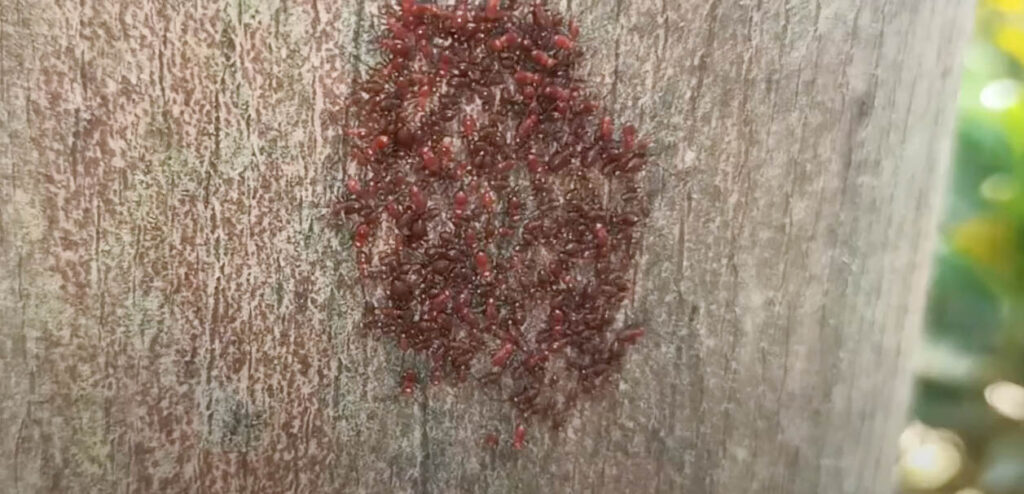
Habitat
The places you are most likely to find psocids are damp and moldy areas. This can either be crawlspaces, basements, or areas surrounding plumbing leaks. Places like this in your home have an abundance of mildew and mold which are the major things that attract psocids.
Damage They Cause
One of the major damages caused by psocids is food spoilage. These insects infest the kitchen and silently devour stored food in pastries causing rapid food spoilage and contamination. When you find them around your home, it is an indication of food spoilage.
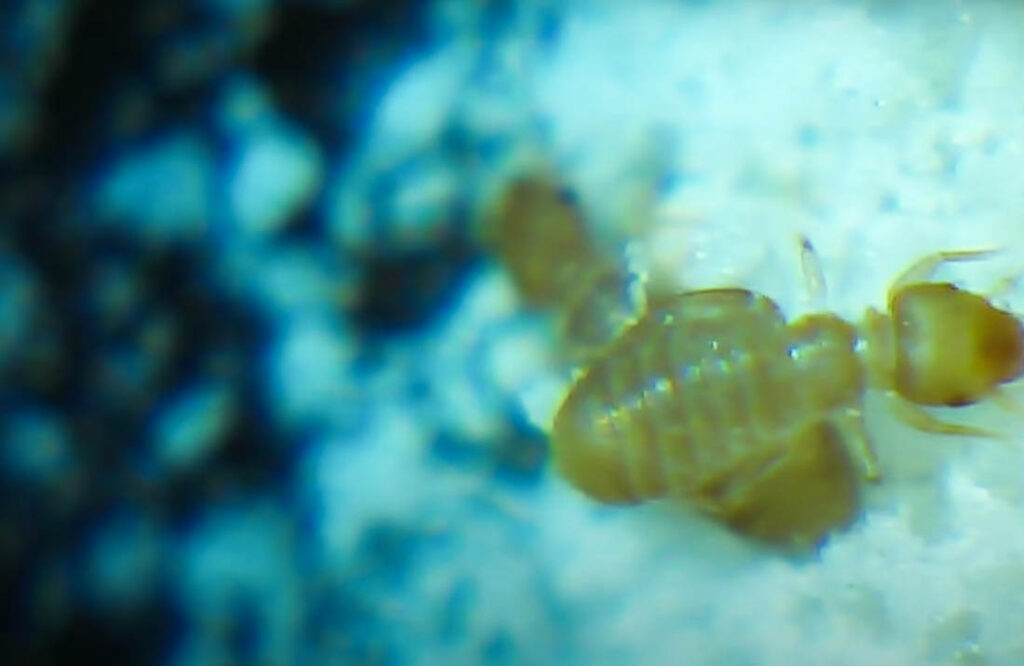
Infestation Signs
The most obvious sign of a psocid infestation is when you find the insect on the surface of stored food products or it suddenly appears on a stored product when you open it. Because of their relatively small size, many people don’t take note of these small insects until the situation is out of hand and the infestation is at its peak.
How to Get Rid of Them
To get rid of psocids, the first thing you need to do is to inspect the places you know psocids are likely to be most active. This includes your kitchen most especially under the sink, the food cabinets, bathtub, and leaky pipes. If you find psocids in any of these areas, you need to expose the place to direct sunlight.
To get the best results and to be sure you won’t have to go through the same process all over again, you can hire a professional to help sort the issue. They are in the best position to recommend a chemical treatment to get rid of psocids.

